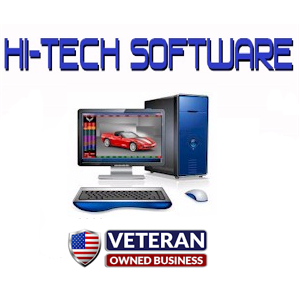Описание
Volkswagen Advertisements 1958-1979 is a nostalgic tour through the history of an advertising. From Wikipedia: "In 1949, William Bernbach, along with colleagues, Ned Doyle and Maxwell Dane, formed Doyle Dane Bernbach (DDB), the Manhattan advertising agency that would create the revolutionary Volkswagen ad campaigns of the 1950s and 1960s.
Bernbach's artistic approach to print advertising was innovative, and he understood that advertising didn't sell products. The strategy was to keep customers by creating and nurturing them as brand ambassadors rather than attempting to attract the attention of those who were uninterested in the product. Bernbach's team of "agency creatives" was headed by Helmut Krone, who pioneered the idea of simplicity in print media advertisements. His repeated use of photographs as opposed to the embellished illustrations used traditionally by competing agencies, spawned comfortably-consistent, yet unique, print ads that met DDB's goal of making a stark departure from existing advertisement techniques.
The corporate headquarters and factory that produced Volkswagens was located in Wolfsburg, Germany. Because Volkswagen’s advertising budget in 1960 was only $800,000 DDB’s bare-bones, black-and-white approach, coupled with a projected common theme of irreverence and humor, fit Wolfsburg’s needs well. Each Volkswagen ad was designed to be so complete that it could stand alone as a viable advertisement, even without addressing all aspects of the automobile.
Taken as a sign of the campaign's runaway success, research by the Starch Company showed that these Volkswagen advertisements had higher reader scores than editorial pieces in many publications, noting that Volkswagen advertisements often didn't even include a slogan or logo. The 1959 Think Small Volkswagen series of advertisements were voted the No. 1 campaign of all time in Advertising Age’s 1999 The Century of Advertising."
This collection of over 400 magazine ads starts in 1959 and proceeds through 1979.
All ads may be printed directly from the software or may be copied to disk or the clipboard for processing in any graphics package.


